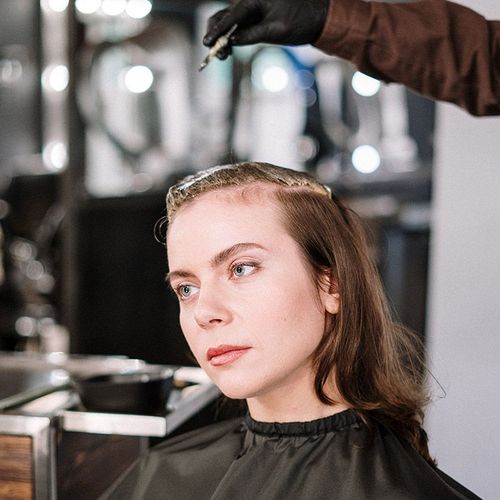New research from Spain suggests that hair dye does not increase the risk of developing cancer.
The Study
Previous epidemiological studies had suggested that hair dye might be a risk factor for several different types of cancer, including bladder cancer. Researchers had speculated that compounds called aromatic amines, which are contained in the dyes, might be responsible for this association.
For the current study, researchers analyzed data from 79 studies performed in 11 countries. The results indicate no increased risk of breast or bladder cancer in people who used hair dye.
Researchers did find small increases in the risks of brain and ovarian cancer, but these results are suspect because they are based on only two studies in each case. Therefore, "they are not as reliable as the results of the rest of the cancers we studied," explains study author Dr. Bahi Thkkouche, a preventive medicine professor at the University of Santiago de Compostela in Spain.
The study also showed a small increase in the risk for blood cancers, but the association was weak. "The borderline increase in the risk for hematopoietic cancers. ..may be easily explained by publication bias," Takkouche says. "Publication bias exists when there are studies that are not published, either because the editors reject them or because the authors themselves fail to send them for publication. These studies are generally negative."
Implications
"The data should give reassurance to people that the risks of modern hair dye usage as a predisposition to cancer ate, at most, very minimal," says Dr. Robert Morgan Jr., section head of medical gynecologic oncology at City of Hope Cancer Center in Duarte, California.
"Our study is just the best summary of current scientific knowledge on the topic," says Thkkouche. However, he suggests the results be interpreted cautiously. "One can never rule out that, in the future, several individual studies will find strong harmful effects. Still, the news is quite reassuring for hair dye users," he says.
The study authors say more research may be needed on a possible link between hair dyes and such cancers as leukemia and multiple myeloma, as well as occupational exposure to hair dyes, such as that encountered by hair stylists and cosmetologists. Here, the exposure is higher and more prolonged than with personal use, Takkouche notes.
Who Colors?
According to information from the authors of the current study, approximately one-third of women in Europe and North America color their hair, as do approximately 10% of men over the age of 40. The majority (approximately 7070) use permanent dyes.
Hair Dye Precautions
The US Food and Drug Administration (FDA) suggests taking these precautions when using hair dye...
- Do not leave the dye on your tread any longer than necessary.
- Rinse your scalp thoroughly with water after dyeing.
- Wear gloves when applying hair dye.
- Carefully follow the package directions.
- Never mix different hair dye products, because you can induce potentially harmful reactions.
Almost all hair dye products include instructions for conducting a patch test, to check for allergic reactions before applying to your hair. To test, put a dab of hair dye behind your ear and don't wash it off for two days. If no itching, burning, redness or other signs of allergic reaction develop at the test spot, you can be relatively sure that you won't develop a reaction when the dye is applied to your hair.
If you do react to the patch test, do the same test with different brands or colors until you find one to which you're not allergic.
Never dye your eyebrows or eyelashes. An allergic reaction could prompt swelling, inflammation and susceptibility to infection in the eye area. These reactions can severely harm the eye and even cause blindness. The FDA prohibits the use of hair dyes for eyelash and eyebrow tinting or dyeing in beauty salons or other establishments.
